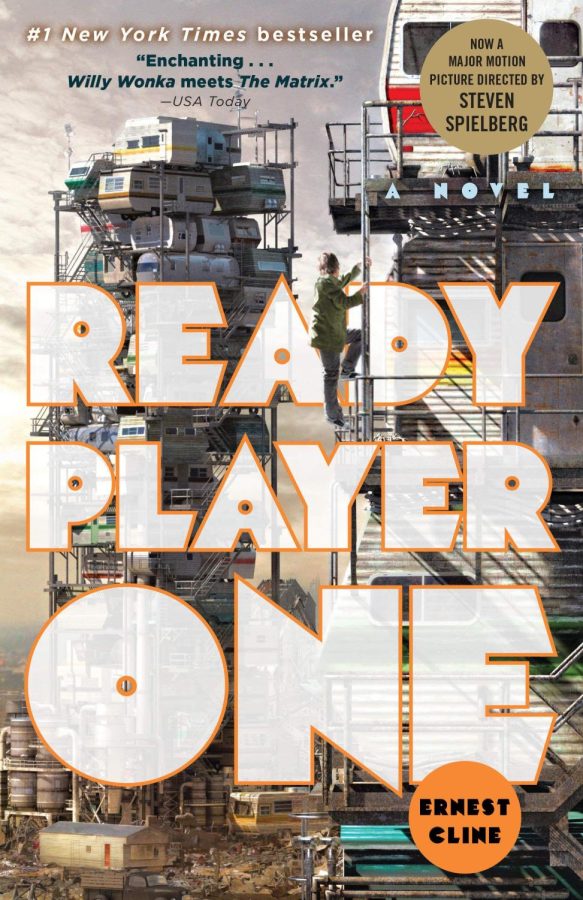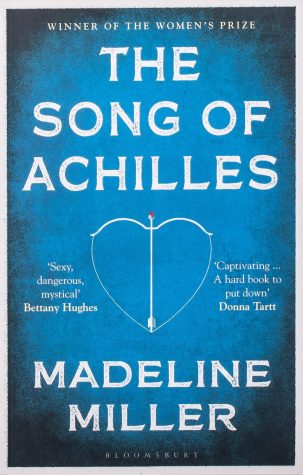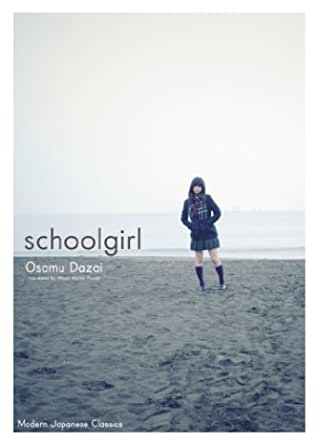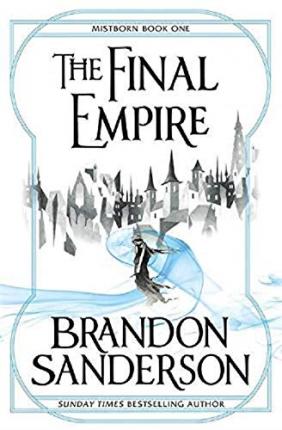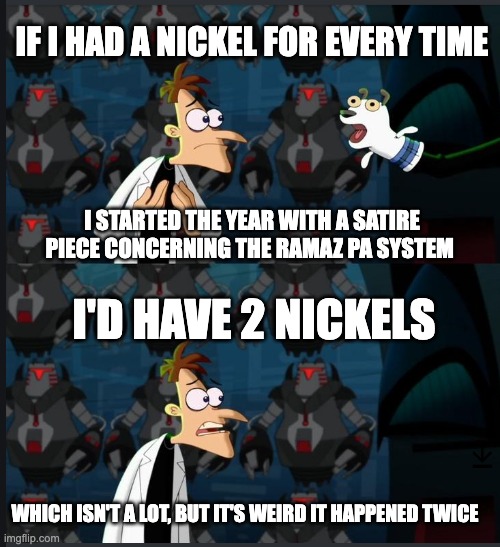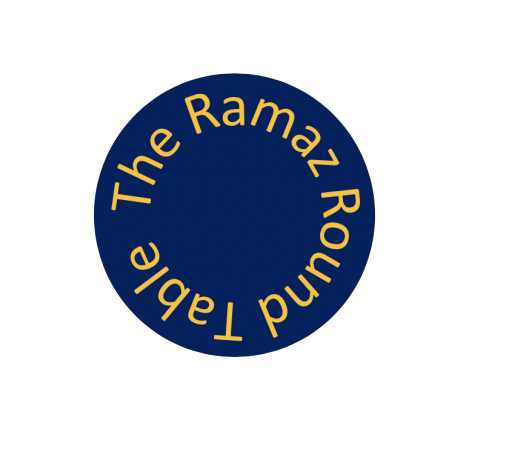Book Rec of the Month: Ready Player One
With the YA (Young Adult) genre bloated with dystopian novels ranging from forgettable to masterly after the wild success of The Hunger Games, it’s difficult to find a science fiction or fantasy book that isn’t set in some form of a dystopia. After a while, they all seem to become a bit cookie-cutter, using the same tropes to set the dreary tone of the novel. Many of the plots within these books focus on the point in time when the main population of the setting is on the brink of unrest, and our heroes are put into a position of power to change the way the world is run. That’s where Ready Player One comes in. The debut novel of Ernest Cline takes a different, and arguably more realistic approach, to “the Dystopia” trope.
With the world in the novel enduring the consequences of global warming and an impending energy crisis, the reader gets an immediate sense of the mood. However, rather than preparing for a rebellion, the protagonist, Wade Watts, uses what the rest of the world uses to escape: the OASIS. The OASIS is a virtual reality that anybody can access as long as they have the correct equipment. The creator of this virtual world, a recently deceased James Halliday, was rumored to leave behind an Easter Egg within the OASIS; the person to find it would get control of the OASIS and his inheritance. The only way to find this Easter Egg is to solve clues left behind by Halliday himself. Wade Watts lives in this futuristic world’s version of the slums. Having hit rock bottom in the real world, Wade spends almost every waking moment within the OASIS, engrossing himself with every aspect of Halliday’s life, hoping to find the Easter Egg.
What stands out about Ready Player One’s dystopian future is that the humans within it are lazy and afraid. Rather than seek a solution for their reality’s problems, the people within this world use the first chance they get to escape to another. This aspect, I believe, is the most realistic approach to a dystopia we are currently approaching ourselves. There’s no corrupt government that’s causing everyone’s problems, no sudden natural disaster that wiped everyone out, the main causes of the dystopia were caused by humans and when it got to be too much, the humans simply relocated. Even now, we see similar forms of escapism through video games, television, movies, and ironically, books. We believe that when the issues become too much to handle, then we’ll deal with them; however, Cline thinks otherwise. As reflected in the novel, Cline believes that our need for escape will grow greater as the problems grow larger and soon, someone will deliver that escape. The dystopia is realistic, which makes it more believable, which further immerses the reader into the story.
Another aspect of the novel that is refreshing is that it successfully integrates pop culture references. In other novels, it is sometimes obvious when a reference is shoehorned in to better “relate to the youth”. The intentions of the references in Ready Player One, however, are to see the world the way Wade does. Additionally, they are mostly 80s pop-culture references which prevent them from ever getting stale. The references play such an integral role in the novel that they do not feel forced, but rather as another element of the plot. It’s also fun to see how many references you catch as the story goes on.
All in all, Ready Player One is a captivating novel with an immersive, diverse world and a compelling mystery-action plot. It’s a novel that is difficult to put down.

